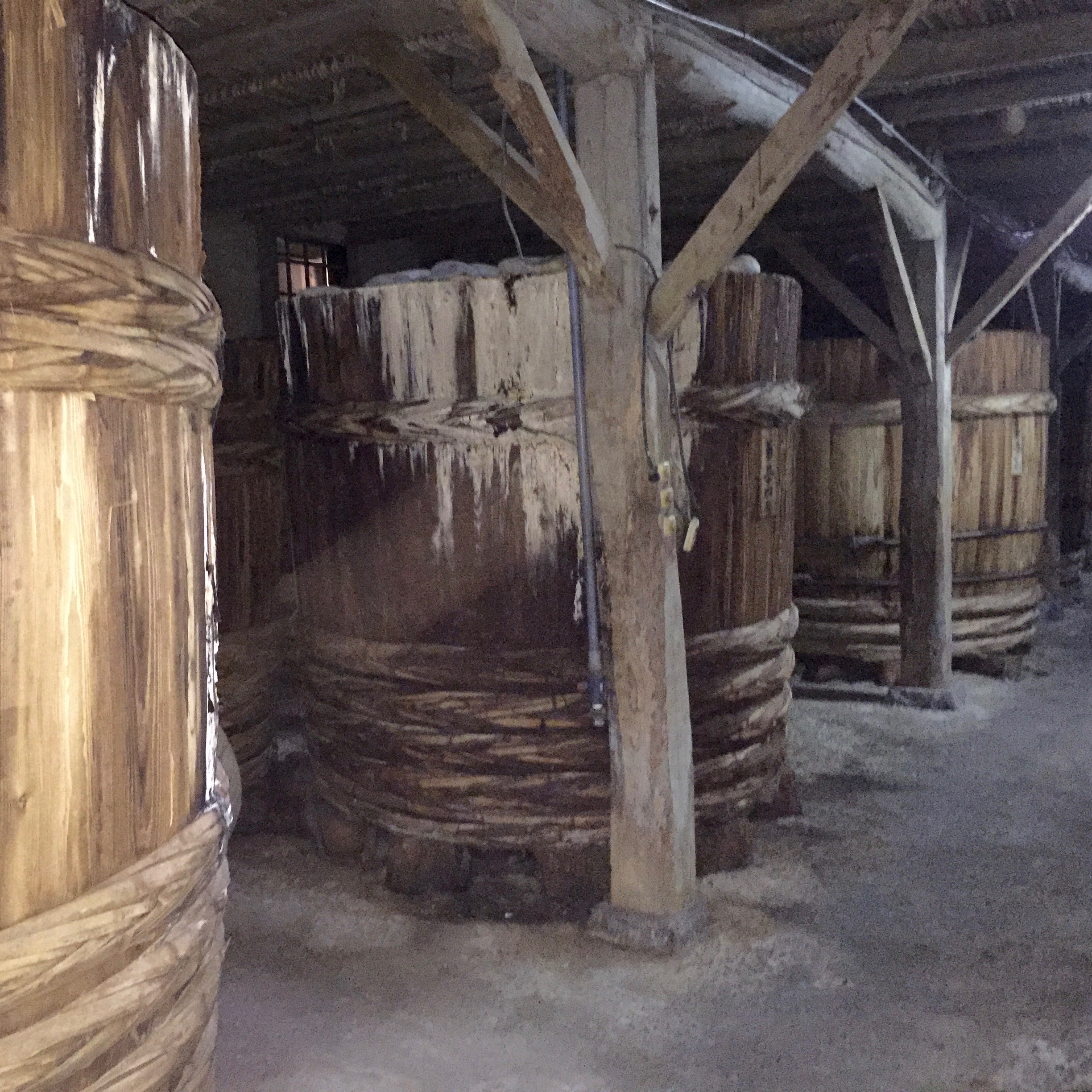Introducing The Japanese Pantry.
We are very excited about our new collaboration with The Japanese Pantry. Greg Dunmore and Chris Bonomo have formed personal relationships with a handful of artisan producers and are importing handcrafted vinegar, tamari and soy products literally not seen outside Japan.
We caught up with Greg Dunmore, co-founder of The Japanese Pantry, recently to hear more about how he came to procure these ingredients. Greg is an accomplished San Francisco chef with twenty plus years of experience. Throughout his career, he has run critically acclaimed restaurants and earned Michelin Stars. Greg’s passion for Japanese food came early on and was most visible in his last venture as chef/owner of Nojo, a San Francisco top 100 restaurant, where he created his own unique Japanese-inspired California Izakaya. Over the years of traveling to Japan Greg forged relationships with artisanal producers and is excited to help them bring their products to the US.
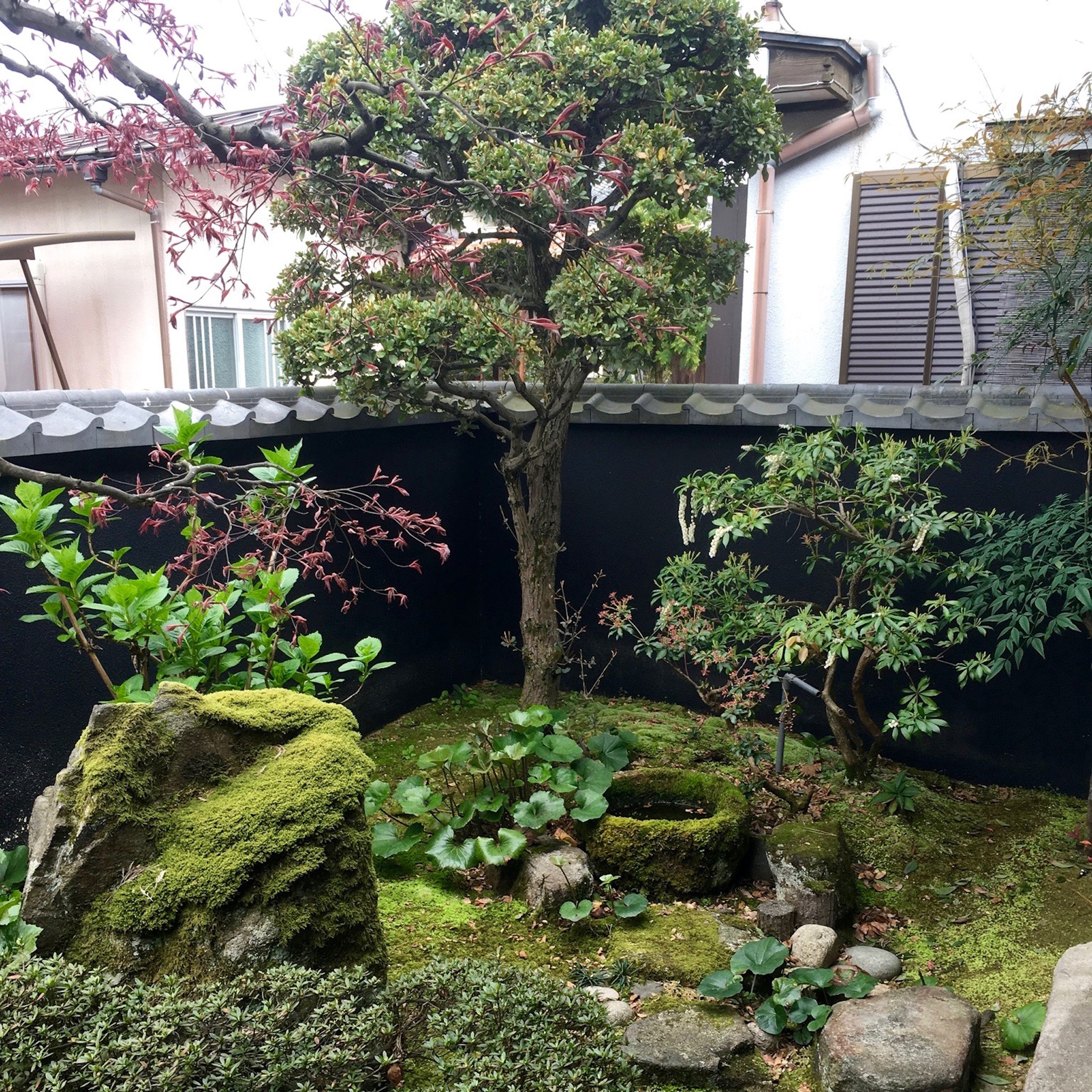
Specialty Foods Boston: How did you come to start importing these artisan products?
Greg: It was based on years of working with amazing olive oils from Italy to superb vinegar from Spain and realizing the soy sauce and sesame seeds we were using were mediocre at best.
SFB: What made you focus on Japanese ingredients in particular?
Greg: Since we traveled to Japan often, we discovered that there were all these amazing products that could not be found in the US. Yet it was not until we visited Wadaman, and tasted his virgin sesame oils that I decided I wanted to import them.
SFB: Your products are much different than the stuff that’s commercially available. What person or experience inspired you to do things this way?
Greg: Wadaman’s sesame oils. Chefs have been quick to embrace them. As soon as they taste them, they tend to jump right in.
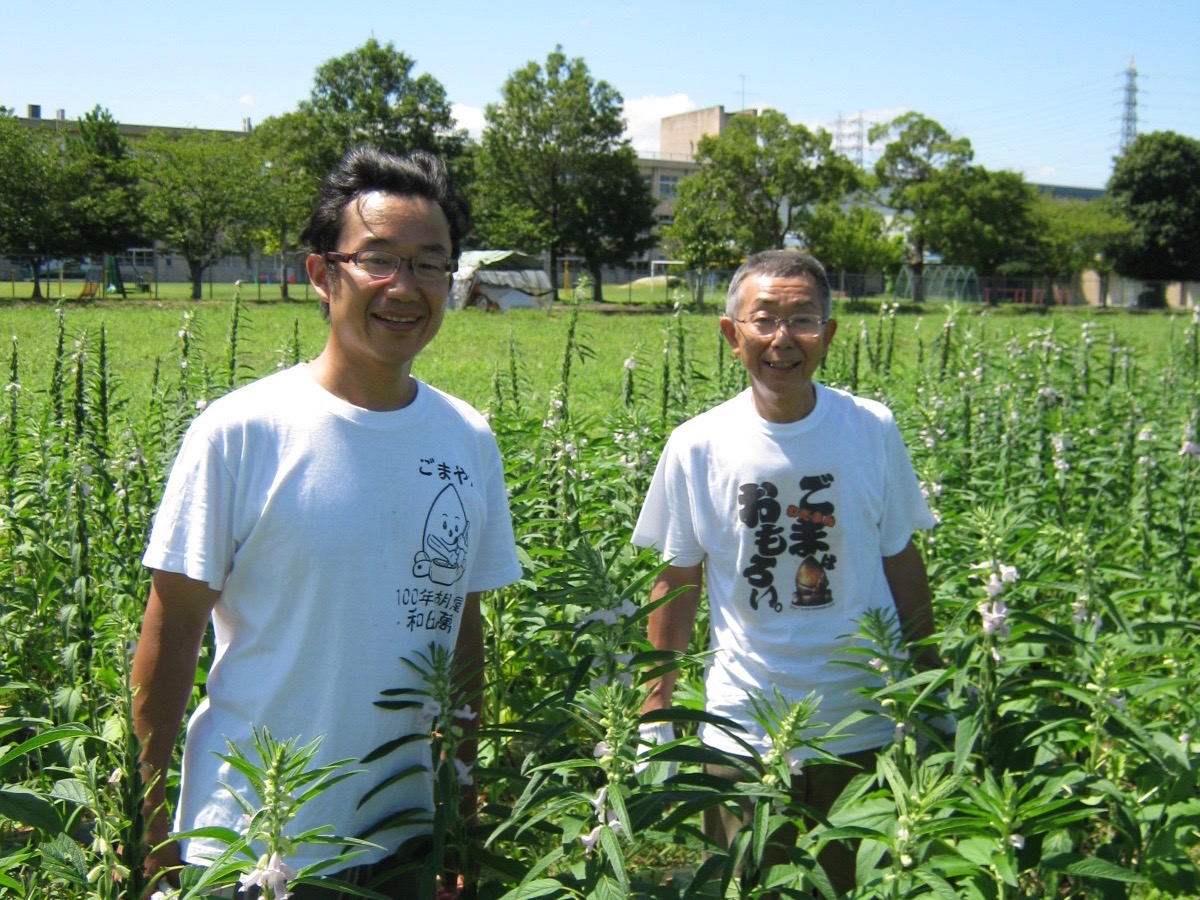
Wadaman Co, Ltd, in Osaka, is considered one of the best sesame roasters in Japan. They are a fifth-generation sesame roaster that has been sourcing the best sesame seeds in the world, carefully sorting them, and roasting them for over 130 years. The current roaster has been roasting seeds himself for 45 years, six days a week. The seeds go through a twelve-step process before being roasted. We are excited to introduce some of their sesame products.
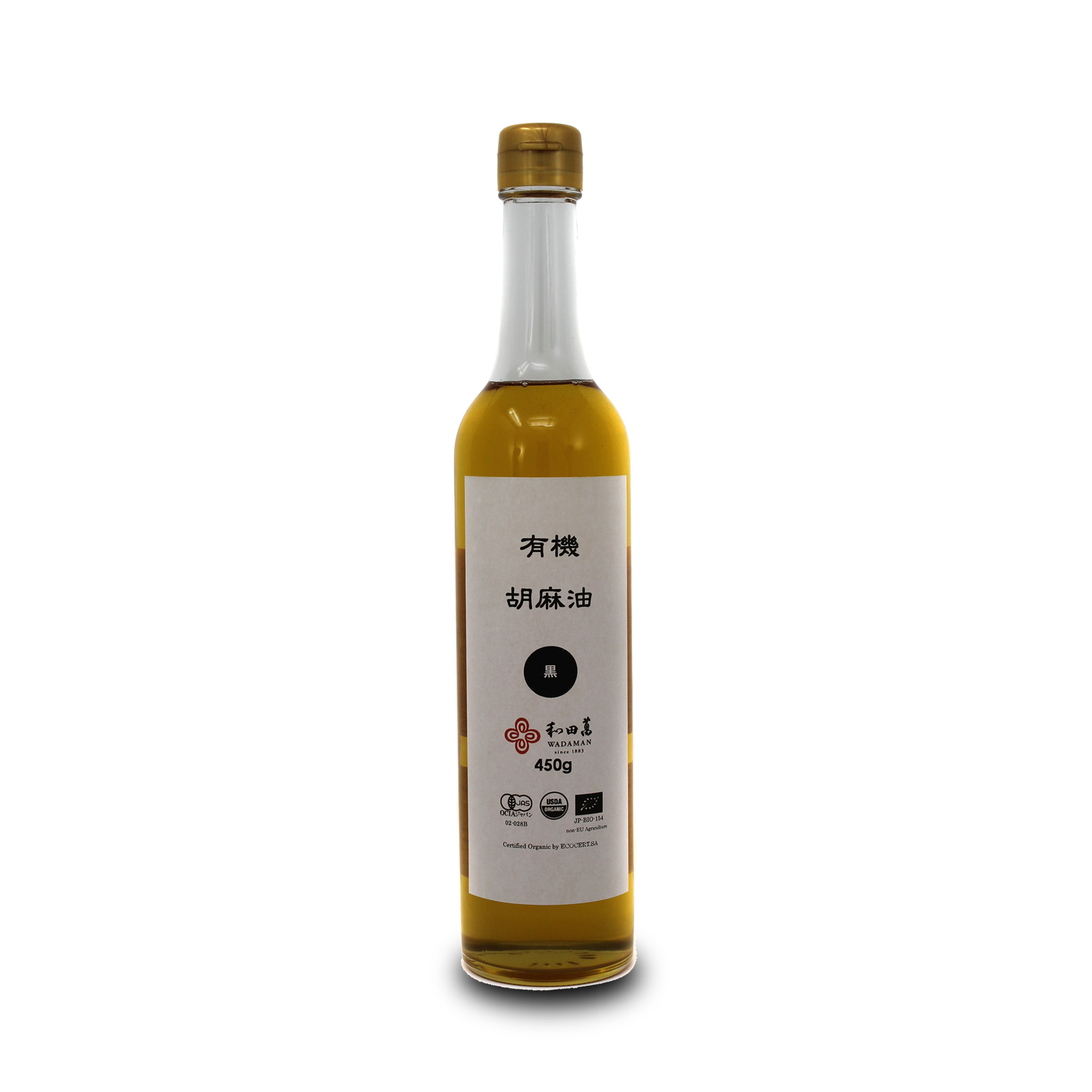
Wadaman Black Sesame Oil, 500 ml.
This golden-hued oil is cold-pressed from Bolivian black sesame seeds. Extra virgin. Notes of vanilla and cocoa with a warm, gently nutty aroma. This delicately roasted oil would be an excellent finishing oil for raw fish or steamed green vegetables.
Wadaman White Sesame Oil, 500 ml.
This pale golden oil is cold-pressed from white Ethiopian sesame seeds. Extra Virgin. Light yet luxurious mouthfeel. Clean, pure flavor.
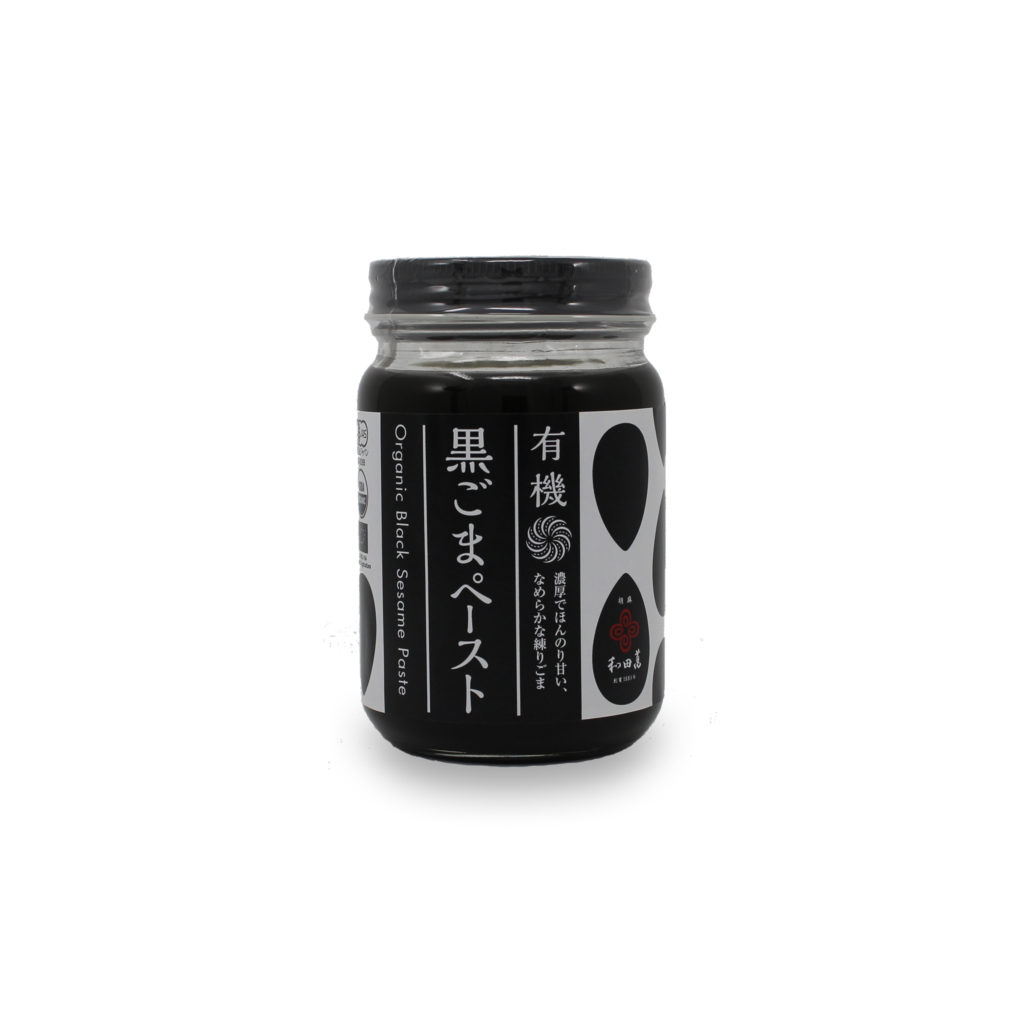
Wadaman Black Sesame Paste, 1 kg.
The response from chefs who have tried this product so far has been overwhelming. This rich, nutty, smooth black sesame paste has the potential for very interesting savory and pastry applications. Traditional as a filling for glutinous rice balls, there are many more modern adaptations cropping up: this beautiful black and white sesame tart, for example, or black sesame ice cream (delicious, we’ve made it) black sesame macarons, black sesame pannacotta, black sesame chiffon cake, and so on. My wish is for someone to make black sesame Oreos. Savory-side, we have yet to see many developments but are excited to see what you all do in that space. Tag us in your black sesame Instagram photos, and we’ll send you something cool.

Iio Jozo, in the Kyoto Prefecture, makes some of the best rice wine vinegar in Japan. Forget what you think you know about rice vinegar. The cheap commercial stuff you’re used to does the entire category injustice. A fifth-generation distillery is a farm to bottle operation. First, they use organic rice from their neighbors’ farms. Then, they make their own sake, a 45-day process. After that, they turn their sake into vinegar. It takes two years to go from field to bottle. In comparison, large commercial rice wine vinegar maker turns their product around in about two days. They also use much more rice per bottle of vinegar than commercial producers do. Legally, in Japan rice wine vinegar must contain 40 grams of rice to make a liter. To make a decent one, you really need 120 grams of rice per liter. Iio Jozo uses 200 grams of rice per liter, and you can truly taste the difference.

Iio Jozo Pure Rice Wine Vinegar, 900 ml.
Think of this as very good sake, because that’s what it’s made from. The flavor of this vinegar is almost like a ripe and unripe peach put together in perfect balance: the full flavor of ripe fruit, plus a tartness that’s perfectly round and free of any sharp edges or harshness. A few drops of this vinegar would enhance many things: think a ripe piece of fruit you want to make slightly savory, or turn into a vinaigrette or pickle. A bright mignonette for oysters, perhaps especially west coast oysters with all their cucumber-melon qualities. A beautiful escabeche, where the only things that matter are the fish and the vinegar. Crudo. Think of it as a new pantry staple you can reach for any time you need to brighten a dish.
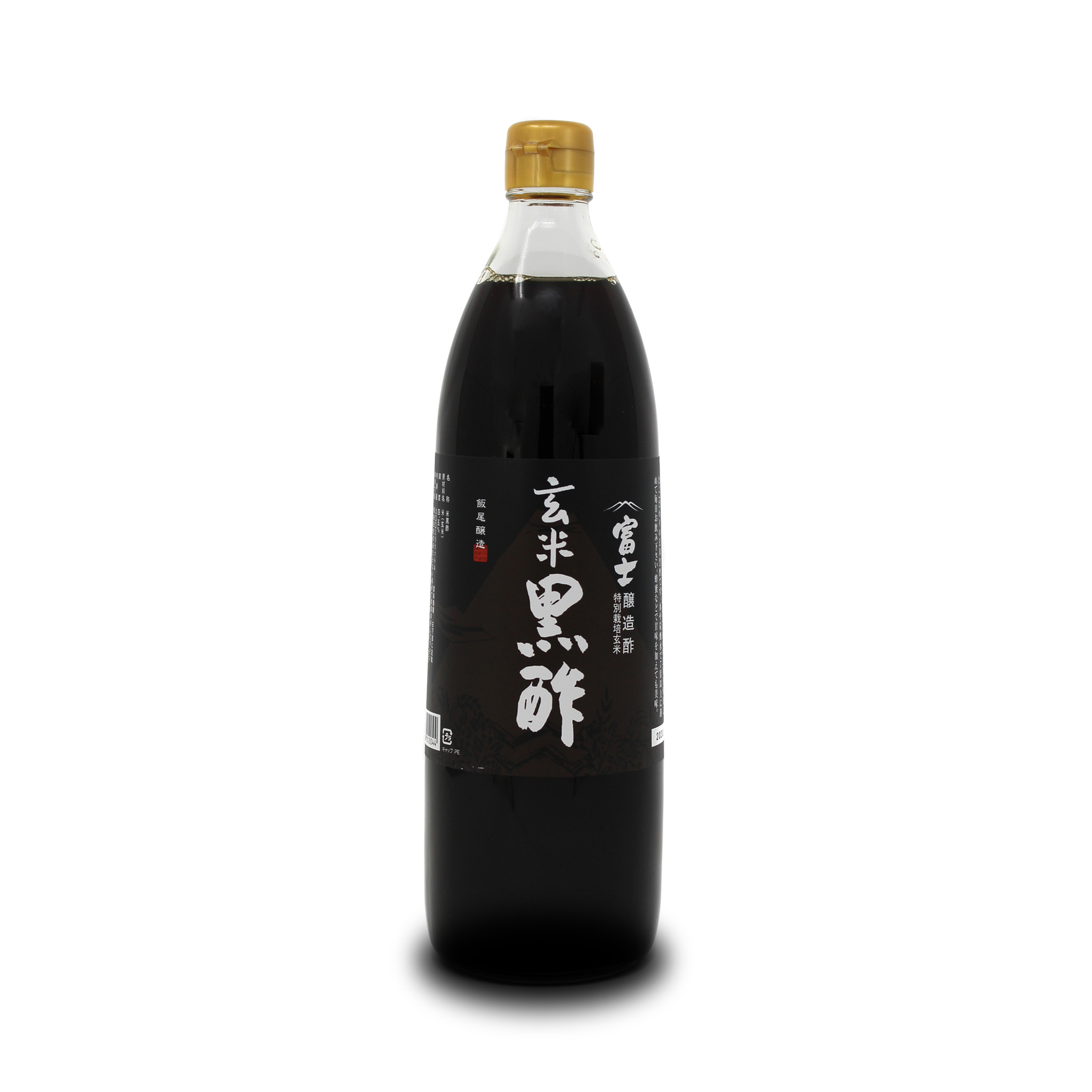
Iio Jozo Brown Rice Wine Vinegar, 900 ml.
Make with 280 grams of brown rice per liter. A meatier companion to the pure rice vinegar. Oily fish, mushrooms, tomatoes, tartare, an earthy mignonette, or ponzu. Built-in umami.
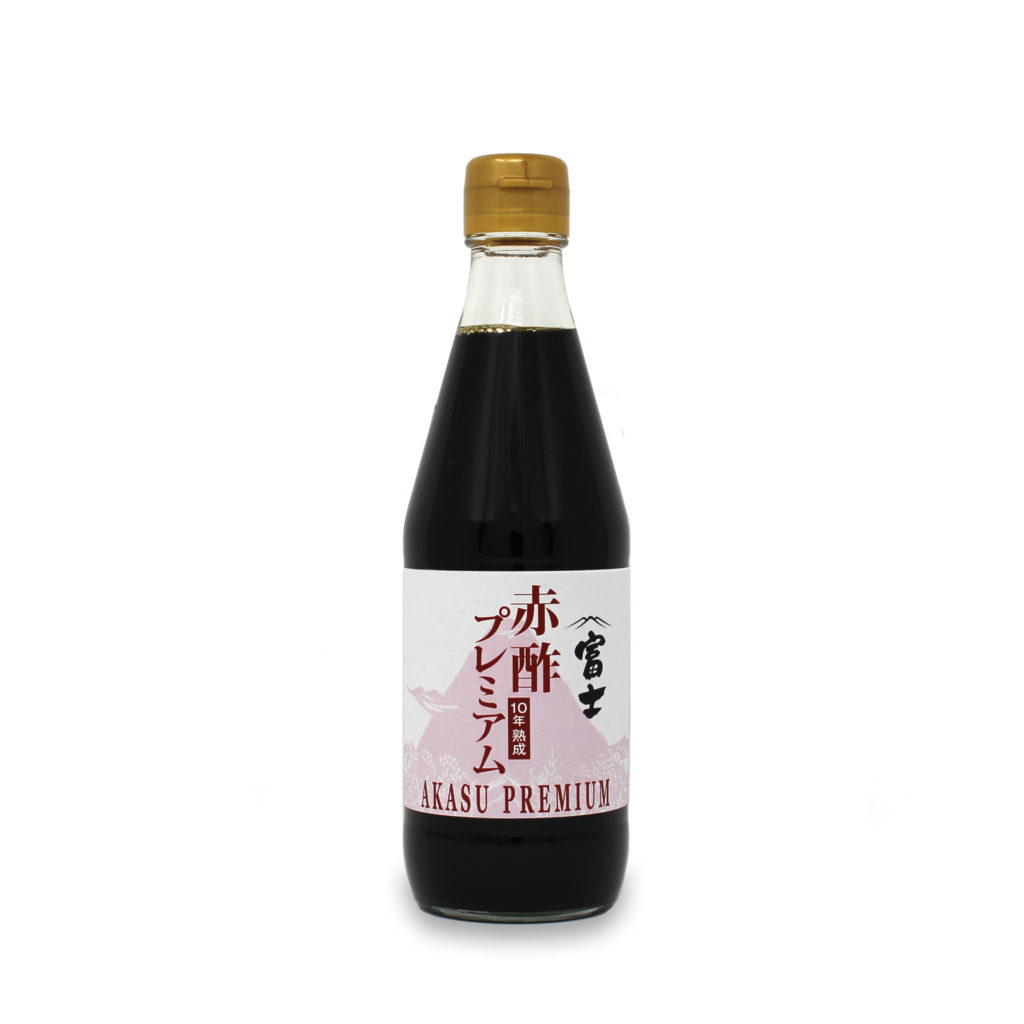
Iio Jozo Akasu Red Vinegar, 360 ml.
Since Iio Jozo makes their own sake, they end up with the by-product, sake kasu (aka sake lees). At Iio Jozo, they take the sake kasu and turn it into akasu red vinegar. This product is aged for 10 years before being released. Think sherry vinegar crossed with rice wine vinegar. Limited.
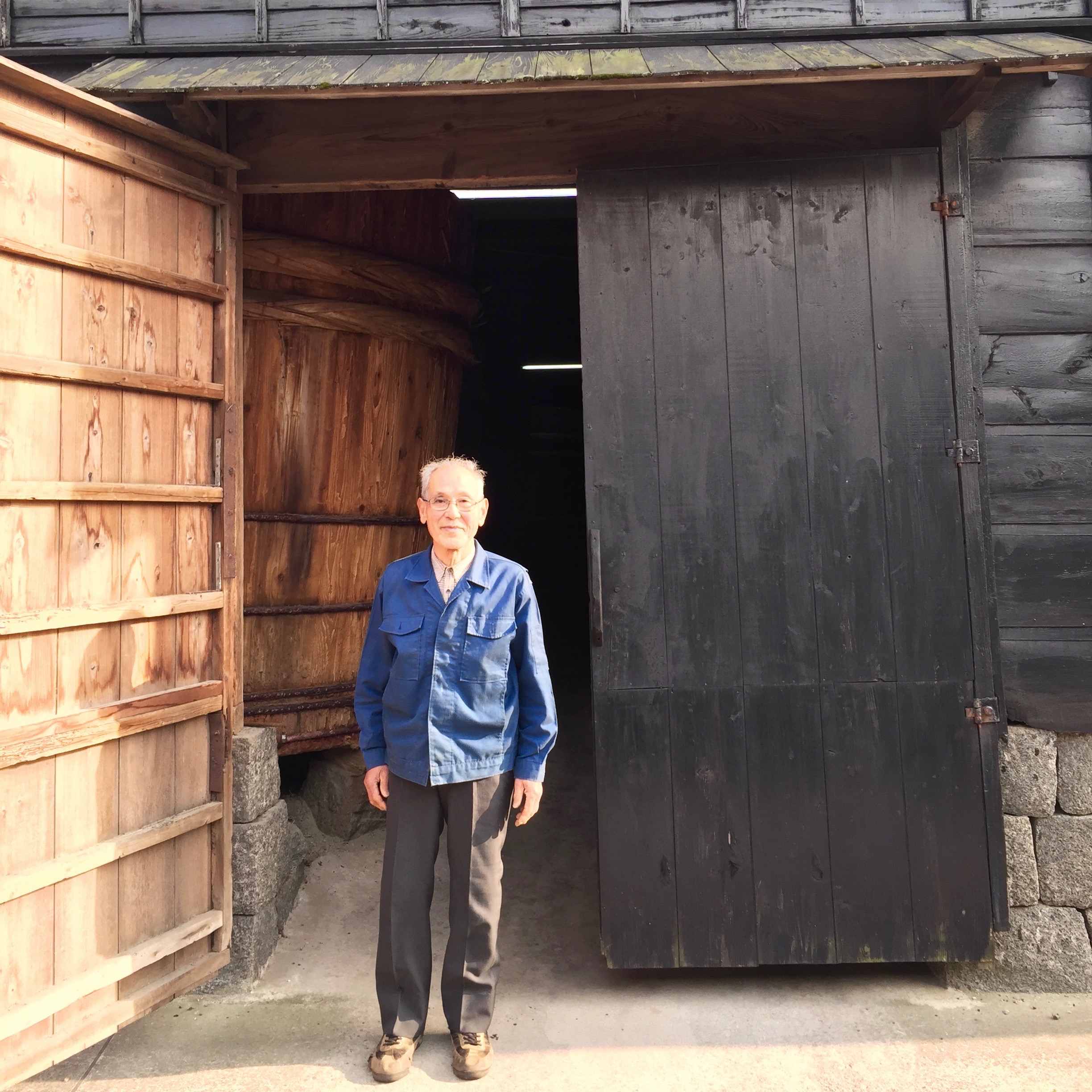
Ito Shoten, in Taketoyo, Aichi Prefecture, has been making miso and tamari for over 200 years. This is an eleventh-generation producer. They age their product in ancient cedar barrels (ranging from 120-200 years old) and weigh down their miso with river stones. The only ingredients are koji, water, salt, and soybeans. What makes the use of these ancient cedar barrels so important is the flavor it imparts–not so much from the wood, but from the characteristics the barrels take on over time, giving the products their signature flavors.
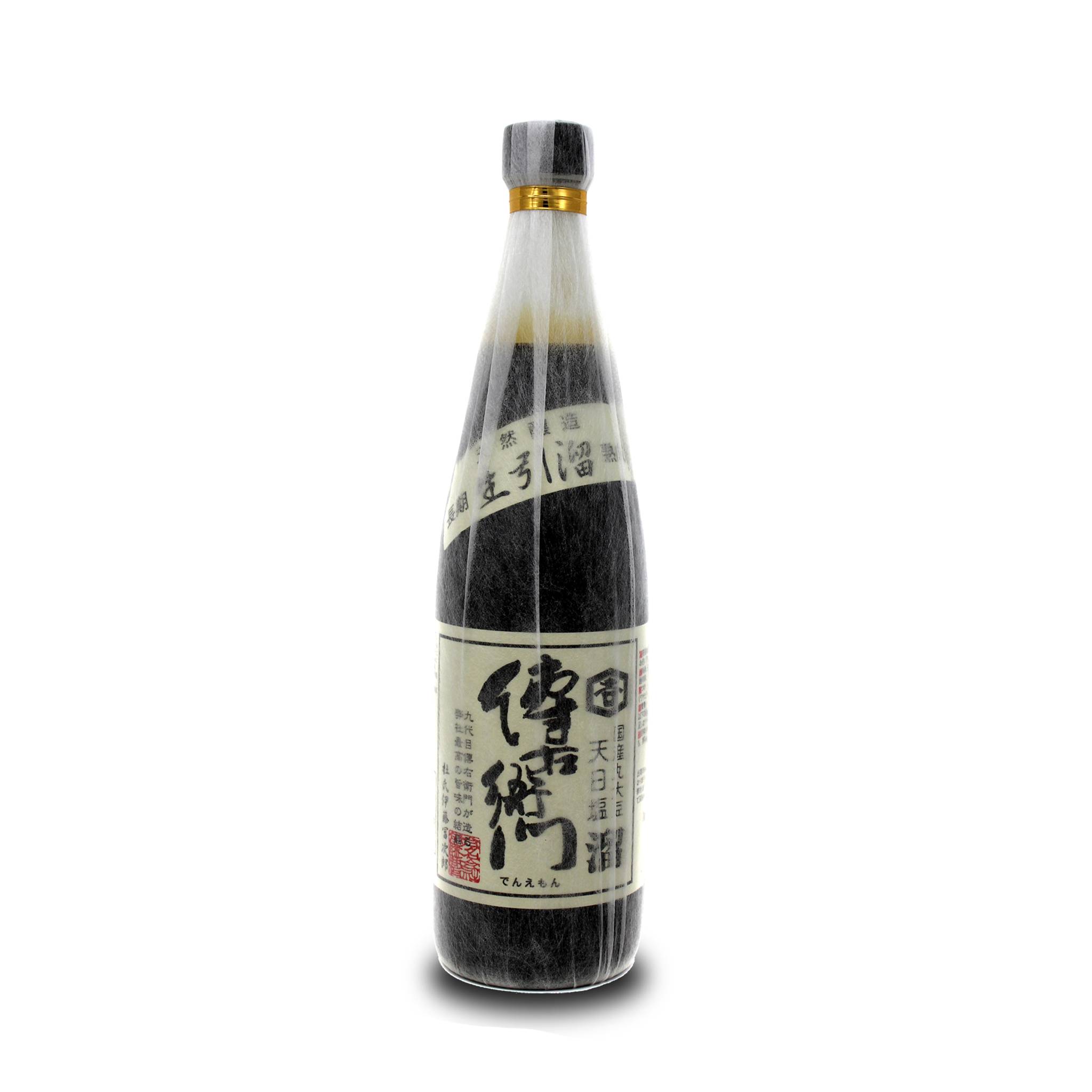
Ito Shoten Tamari, 720 ml.
Tamari means “of a pressing,” and that explains very well what this product is. When miso is made, the brine it releases is what becomes the tamari. The Aichi prefecture is known for its very dark miso, and accordingly, this tamari is dark and rich. This needs nothing more than raw fish, although a few drops in a mushroom or game broth would be welcome. The wheat-free aspect is a side bonus if you want something you can use to massively amplify the flavor of something without adding any gluten, a handy thing to have in the pantry. Check out those barrels, below- the youngest one is 120 years old.
